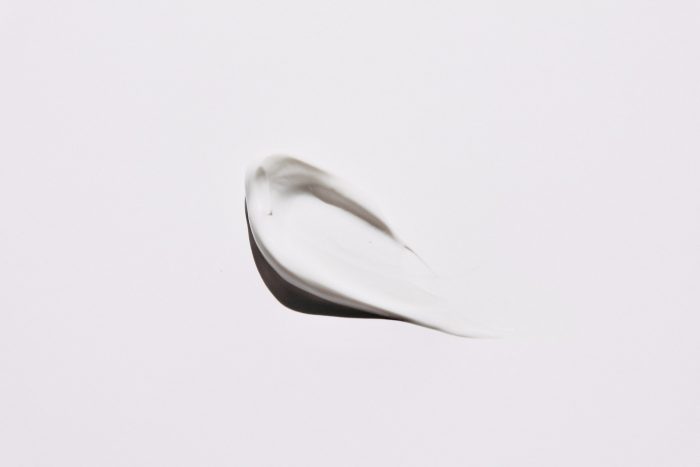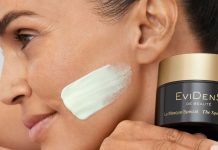Neurodermatitis, also known as atopic dermatitis, is a chronic skin condition that causes itching, redness, and inflammation. It is a type of eczema that is often accompanied by other allergic conditions such as asthma and hay fever. Neurodermatitis can affect people of all ages, but it is most common in children and young adults.

The most common symptoms of neurodermatitis include:
- Itching: This is the most prominent symptom of neurodermatitis and can be severe. Itching can be triggered by a variety of factors such as heat, sweating, and stress.
- Redness: The skin may become red and inflamed, especially in areas that have been scratched or rubbed.
- Dryness: The skin can become dry and scaly due to the loss of moisture caused by frequent scratching.
- Rash: A rash may appear on the skin, which can be red, bumpy, or blister-like.
- Thickening of the skin: With chronic scratching and rubbing, the skin may become thickened and leathery.
In addition to these physical symptoms, neurodermatitis can also have a significant impact on a person’s psychological well-being. Itching and scratching can be constant and overwhelming, leading to sleep disturbance, difficulty concentrating, and a decrease in quality of life. The chronic nature of the condition can also lead to feelings of frustration and helplessness.
The exact cause of neurodermatitis is unknown, but it is thought to be related to an overactive immune system and a deficiency in the skin’s barrier function. It is often triggered by exposure to allergens such as dust mites, animal dander, and pollen. Stress, changes in temperature, and sweating can also exacerbate the condition.

There is no cure for neurodermatitis, but there are several treatment options that can help control the symptoms and improve quality of life. These include:
- Topical corticosteroids: These medications can reduce inflammation and itching. They come in various strengths and formulations, and your healthcare provider will determine the most appropriate one for you based on the severity of your symptoms.
- Topical calcineurin inhibitors: These medications, such as pimecrolimus and tacrolimus, can also reduce inflammation and itching. They are generally used as a second-line treatment if topical corticosteroids are not effective or not tolerated.
- Moisturizers: Keeping the skin moisturized can help prevent dryness and cracking, which can lead to infection. It is important to use a moisturizer that is free of fragrances and other potential irritants.
- Antihistamines: These medications can help reduce itching and improve sleep. They are generally safe and well-tolerated, but they may cause drowsiness.
- Light therapy: This treatment involves exposing the skin to controlled amounts of natural or artificial light. It can be effective in reducing inflammation and improving symptoms.

In addition to these medical treatments, there are also several self-care measures that can help manage neurodermatitis. These include:
- Avoiding triggers: Identifying and avoiding triggers that worsen your symptoms can be an important part of managing neurodermatitis. This may include staying away from certain allergens, wearing loose clothing, and avoiding heat and sweating.
- Using gentle skincare products: Choose skincare products that are free of fragrances and other potential irritants. Avoid hot water and harsh soaps, and use lukewarm water instead.
- Practicing good hygiene: Regularly washing your hands and keeping your skin clean can help prevent infection. It is also important to avoid scratching the affected areas to prevent further damage to the skin.
- Managing stress: Stress can exacerbate the symptoms of neurodermatitis, so it is important to find ways to manage stress and improve overall well-being. This may include practicing relaxation techniques such as deep breathing or meditation, getting enough sleep, and engaging in physical activity.

In conclusion, neurodermatitis is a chronic skin condition that can cause significant physical and psychological discomfort. While there is no cure, there are several treatment options and self-care measures that can help manage the symptoms and improve quality of life. By working with a healthcare provider and following a treatment plan, it is possible to effectively manage neurodermatitis and lead a full and active life.










